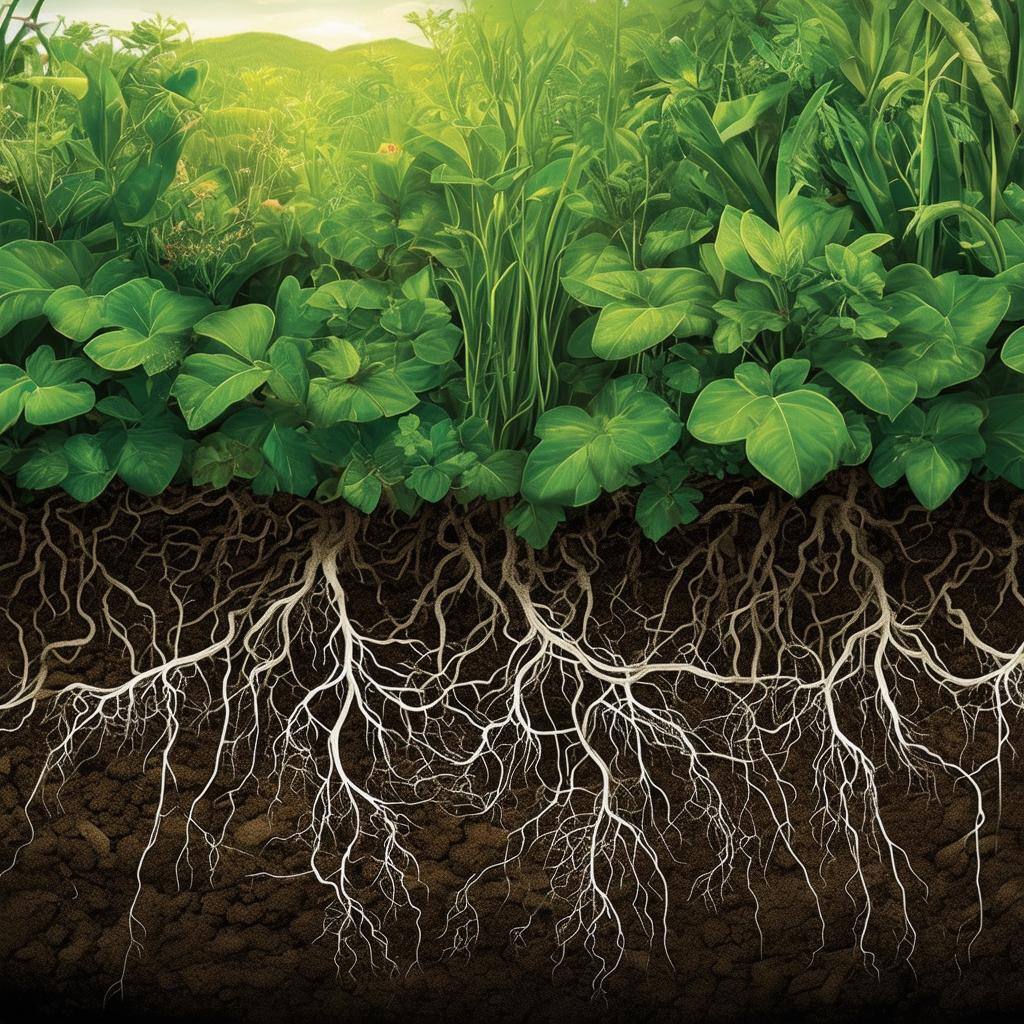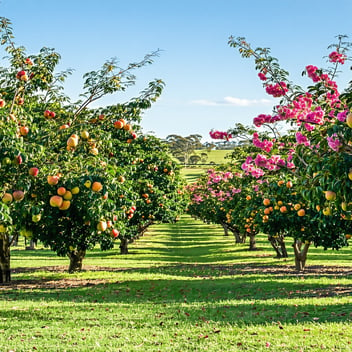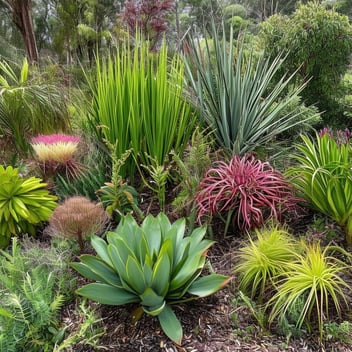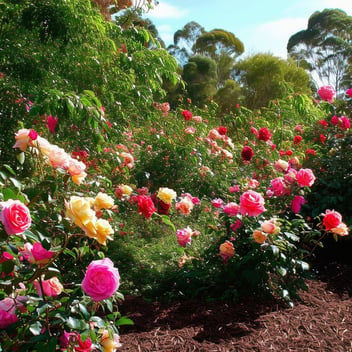Understanding Mycorrhizal Fungi: The Secret to Healthy Roots in SEQ
Introduction: The Hidden World Beneath Our Feet
Beneath the verdant landscapes of South East Queensland (SEQ) lies a bustling subterranean network, pivotal to plant vitality and ecosystem resilience. This hidden world is dominated by mycorrhizal fungi, the unsung heroes fostering robust root systems and flourishing flora.
What Are Mycorrhizal Fungi?
Definition and Types
Mycorrhizal fungi are specialized soil organisms that form symbiotic associations with plant roots. The term "mycorrhiza" derives from the Greek words "mykes" (fungus) and "rhiza" (root), reflecting this intimate connection. There are several types, with arbuscular mycorrhizal fungi (AMF) being the most prevalent, especially among herbaceous plants.
Historical Perspective
These associations date back over 400 million years, playing a crucial role in the colonization of land by plants. Fossil records indicate that early plants relied on mycorrhizal fungi to access essential nutrients, a partnership that has evolved and persisted through the ages.
The Symbiotic Relationship Between Plants and Mycorrhizal Fungi
Nutrient Exchange Mechanisms
In this mutualistic relationship, plants supply fungi with carbohydrates produced via photosynthesis. In return, mycorrhizal fungi enhance the plant's nutrient uptake by extending their hyphae into the soil, effectively increasing the root surface area. This extension allows for more efficient absorption of phosphorus, nitrogen, and other vital minerals.
Enhancement of Plant Growth and Health
Beyond nutrient acquisition, mycorrhizal associations bolster plant health by improving water uptake, enhancing resistance to pathogens, and mitigating environmental stresses. This symbiosis leads to more vigorous growth and increased resilience against adverse conditions.
Benefits of Mycorrhizal Associations in South East Queensland (SEQ)
Adaptation to SEQ's Soil and Climate Conditions
SEQ's diverse soils and subtropical climate present unique challenges for plant growth. Mycorrhizal fungi aid plants in adapting to these conditions by improving nutrient availability in nutrient-poor soils and enhancing tolerance to temperature fluctuations.
Improved Drought Resistance and Soil Structure
The extensive hyphal networks of mycorrhizal fungi improve soil aggregation, enhancing its structure and water-holding capacity. This is particularly beneficial during SEQ's dry spells, as it helps plants maintain hydration and reduces the need for supplemental irrigation.
Challenges Facing Mycorrhizal Fungi in SEQ
Impact of Urbanization and Agriculture
Urban expansion and intensive agricultural practices in SEQ have led to habitat fragmentation and soil disturbance, adversely affecting mycorrhizal populations. The use of chemical fertilizers and pesticides further disrupts these beneficial fungal communities.
Soil Degradation and Loss of Biodiversity
Soil erosion, compaction, and loss of organic matter degrade the habitat of mycorrhizal fungi, leading to reduced biodiversity. This decline diminishes the ecological services these fungi provide, impacting overall ecosystem health.
Promoting Mycorrhizal Health in Your Garden
Soil Management Practices
To foster mycorrhizal associations, gardeners should minimize soil disturbance, avoid excessive use of chemicals, and maintain organic matter through mulching and composting. These practices create a conducive environment for fungal colonization and activity.
Use of Mycorrhizal Inoculants
Introducing mycorrhizal inoculants can jumpstart the establishment of these beneficial fungi, especially in disturbed or poor soils. Selecting appropriate inoculants compatible with local plant species ensures successful symbiosis and enhances plant performance.
Future Perspectives: Harnessing Mycorrhizal Fungi for Sustainable Agriculture in SEQ
Embracing mycorrhizal fungi in agricultural systems offers a pathway to sustainability in SEQ. By reducing reliance on synthetic fertilizers and improving soil health, these fungi contribute to more resilient farming practices, safeguarding the region's rich biodiversity and agricultural productivity.
In conclusion, understanding and nurturing mycorrhizal fungi are paramount for cultivating healthy roots and thriving plants in South East Queensland. By appreciating the profound role these microscopic allies play, we can implement practices that support their presence, leading to more sustainable and resilient gardens and ecosystems.




